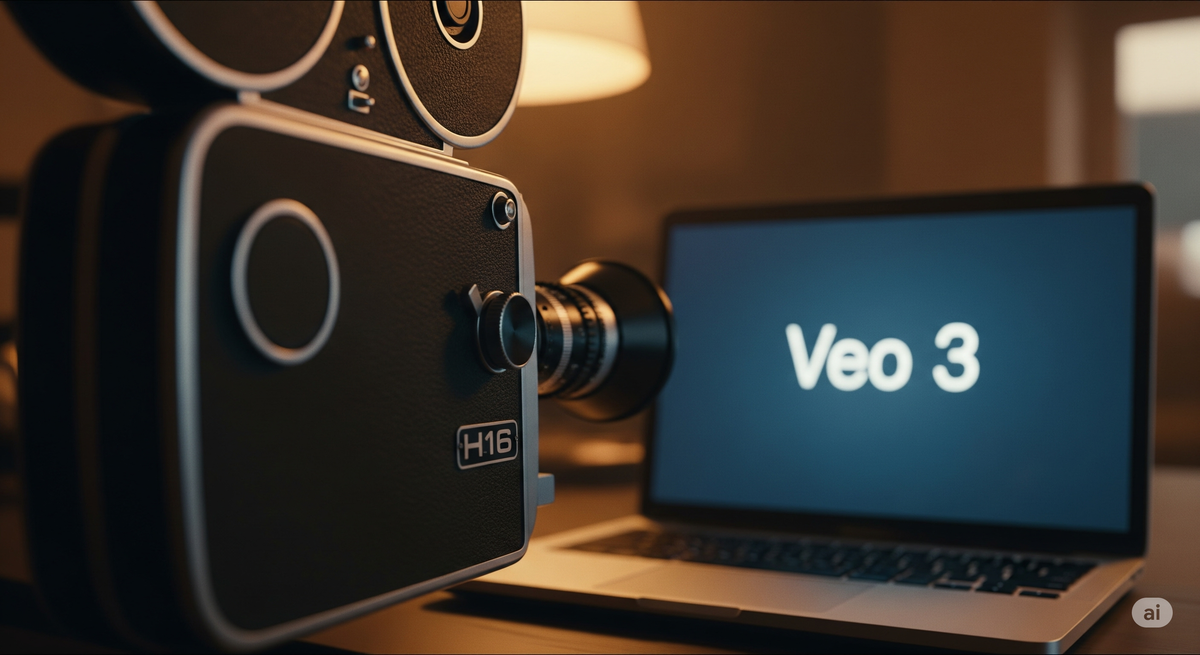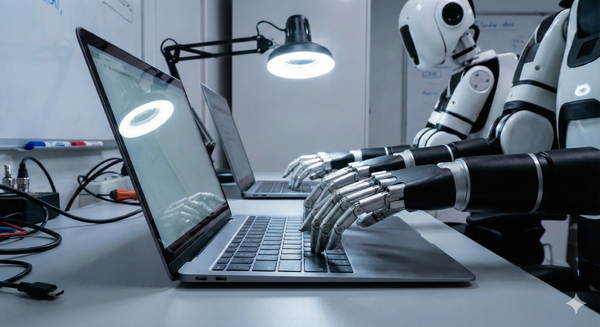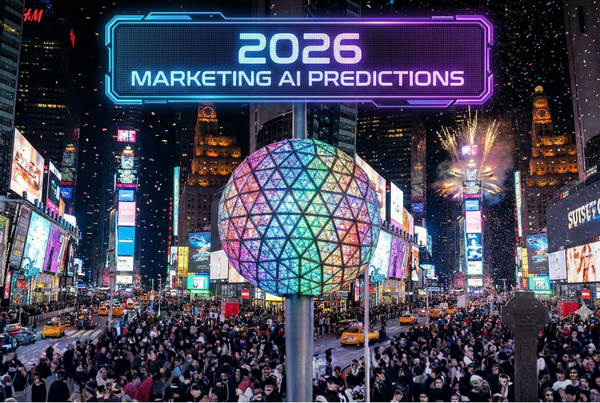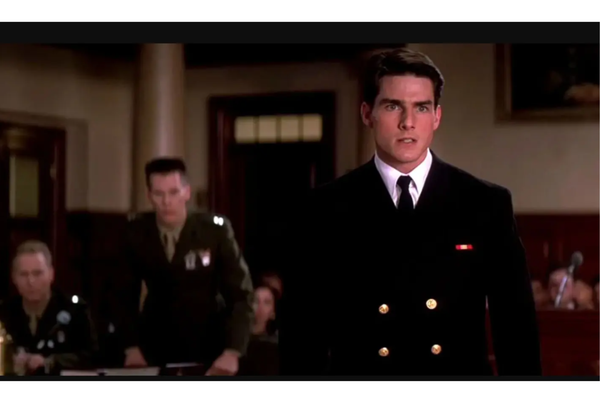Eight Seconds at a Time: The Frustrating Joy of AI Video Tools
SMB marketers may be in the sandbox phase of AI video now—and that’s exactly where we should be.

Generative AI video tools are dazzling. Google’s Veo 3 is a great example—an impressive leap forward in realism and creative control. It can produce cinematic, photorealistic video clips that feel straight out of Hollywood. But if you’re a small business marketer dreaming of using GenAI video to launch your next campaign, these tools are incredible, but they’re not quite business-ready for most of us. And that’s okay.
You probably heard about the Veo-created ad that ran during the NBA Finals.
But it was a process, according to the video's creator, P.J. Accetturo:
"This took about 300–400 generations to get 15 usable clips," "Just because this was cheap doesn't mean anyone can do it."
For most of us, GenAI video is still a playground—and that’s where many meaningful innovations begin. Marketers need space to test, fumble, refine, and imagine. These tools are ideal for experimentation—not just with visuals, but with the mechanics of prompting to create something truly original.
Now is the perfect time to build your GenAI video muscle—while the technology is still taking shape. Here's a quick look at my own experience using various tools to create a simple video for a company meeting, where I was presenting progress on several initiatives, including our AI strategy.
Google Veo. It’s genuinely impressive—and a lot of fun. I recently used it to generate a short intro clip to kick off my session with something unexpected and energizing. I prompted Veo to create realistic-looking celebrities wearing shirts with our company name, speaking directly to our leadership team, and summarizing the key themes of my upcoming talk. Each “celebrity” looked into the camera and delivered the message with the tone, energy and style I specified.
It this a serious business application? Definitely not. But it brought great energy to my session and gave me firsthand experience into the strengths and limitations of storytelling with top GenAI video tools. I've got a ton of ideas on how to use this for other real marketing applications. That’s impact I can use.
Even with the paid Pro Veo account, you’re limited to generating just three 8-second videos per day. Edits count toward that total. So if you want to revise a line of dialogue, adjust the tone, or simply try a different look for your “actor,” you're suddenly out of renders. That’s a tight creative box for iterative marketers.
Celebrities and brands are off-limits, Veo wouldn’t proceed with any request that referenced a brand or a celebrity in the prompt, a constraint to consider for marketers looking to build something more tailored or promotional.
And the spelling? Often laughable. Even when you clearly specify what should appear in quotes, the output is frequently garbled or hilariously off-mark.
Canva. If you're a Canva user, you get a few more clips. Canva's AI tool uses Google Veo on the backend, but with a cap of five 8-second videos per month. While the interface is intuitive and accessible for non-technical users, the output limits put a hard ceiling on creative exploration, especially for small teams trying to test, learn, and adapt quickly.
Sora. ChatGPT’s new integration with Sora, OpenAI’s own video generation engine, is a few steps behind when it comes to cinematic quality. I asked ChatGPT for a video with a Bruce Springsteen-like narrator. I got that, albeit a little freaky looking, but the essence of the character came through. It delivered a realistic clip, but it didn’t include the audio I requested.
Runway. Another GenAI video tool I tested was Runway. While it's been around longer than some newer tools and is often praised for its accessibility, I found it to be the furthest from what Veo can deliver. The video quality felt noticeably less lifelike, and the text rendering was borderline nonsensical.
I know there are more tools, this isn't intended to be exhaustive. I wanted to look where most marketers like me would go.
It's Even More About the Prompting
One of the most critical skills in working with GenAI video tools is the depth of your prompting. It matters more than you might think. The quality of your result often depends less on the tool itself and more on how well you describe what you want.
Don't just describe the scene—think like a director. Specify the style, the camera movement, the lighting, the mood, and even the pacing. Then, let ChatGPT help you refine. This takes a lot of practice. I draft a rough version of the prompt and then ask ChatGPT: "Can you turn this into a more effective prompt for a GenAI video tool?" It almost always improves clarity, structure, and creative punch.
Prompting isn’t just a mechanical input—it’s your creative brief. And mastering it is one of the most important ways to get better results, faster.





